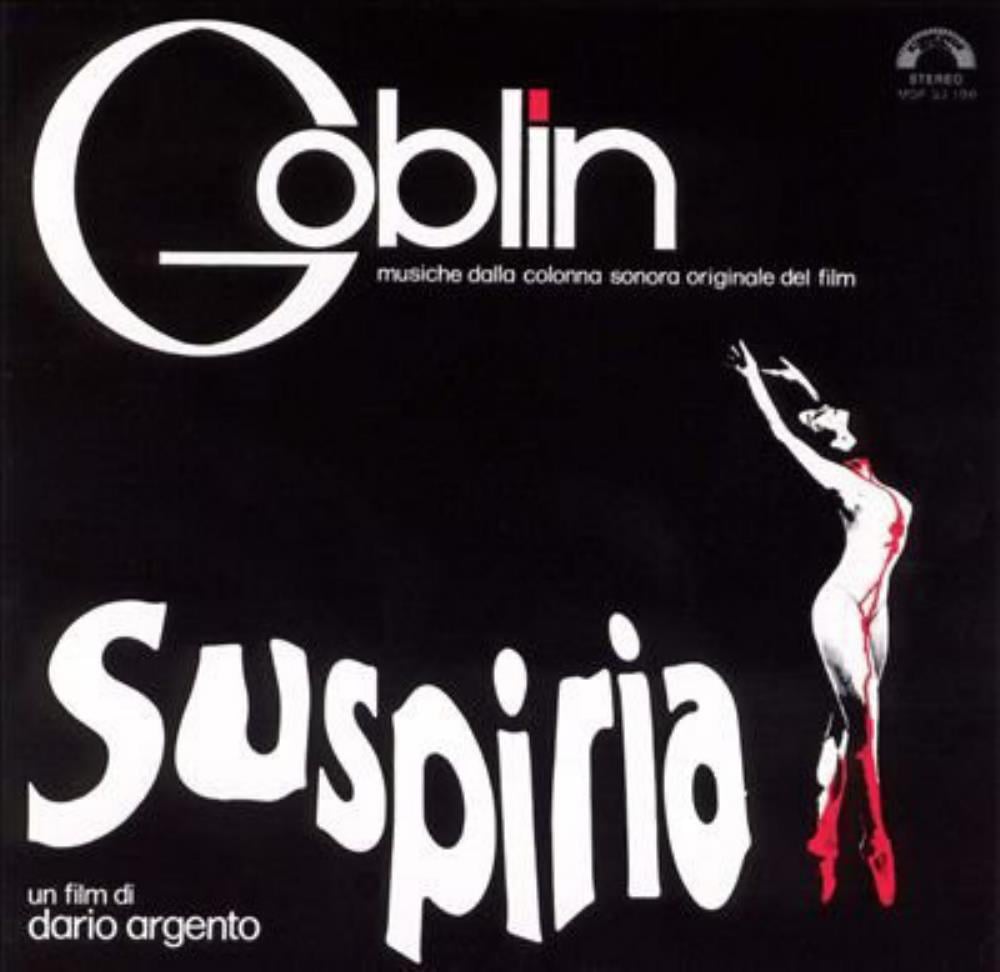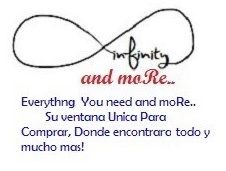!!LINK!! Download Musiche Solo Dance

Download Musiche Solo Dance: How to Enjoy Dancing by Yourself
Dancing is a wonderful activity that can bring joy, health, and happiness to anyone. But what if you don’t have a partner or a group to dance with? Don’t worry, you can still enjoy dancing by yourself with solo dance. In this article, we will show you how to download musiche solo dance, choose the right music for your mood and style, choreograph your own solo dance, practice and perform it with confidence and fun.
What is solo dance and why is it beneficial?
Solo dance is a form of dance that does not require a partner or a group. You can dance alone to any music you like, at any time and place you want. You can follow a predefined routine or create your own choreography. You can also improvise and experiment with different movements and expressions.
Solo dance can improve your physical, mental, and emotional health in many ways. Here are some of the benefits of solo dance:
- It can help you burn calories, tone muscles, improve flexibility, coordination, balance, and posture.
- It can reduce stress, anxiety, depression, and loneliness by releasing endorphins and serotonin.
- It can enhance your mood, self-esteem, confidence, creativity, and self-expression by allowing you to express yourself freely.
Solo dance can also be a great way to explore different genres and styles of music and dance. You can discover new songs and artists that suit your taste and preference. You can also learn new skills and techniques that challenge and inspire you.
How to choose the right music for your solo dance
One of the most important aspects of solo dance is choosing the right music for your solo dance. The music you choose can affect your mood, energy level, motivation, and performance. Here are some tips on how to choose the right music for your solo dance:
- Consider your mood, style, and purpose of dancing. Do you want to relax or energize yourself? Do you want to express yourself or have fun? Do you want to practice or perform? Choose music that matches your intention and emotion.
- Explore different genres and sources of music. You can find music from various platforms, such as YouTube, Spotify, SoundCloud, etc. You can also search for music by genre, artist, mood, theme, etc. You can also listen to playlists, radio stations, podcasts, etc. that feature music for solo dance.
- Use online tools and apps to find and download music. You can use tools and apps that help you find and download music for free or for a fee. Some examples are MP3Juices, Free Music Downloader, Audiomack, etc. You can also use tools and apps that help you edit and mix music, such as Audacity, GarageBand, DJay, etc.
Here is a table that shows some examples of music genres and sources for solo dance:
| Genre | Source | Example | | —– | —— | ——- | | Pop | YouTube | [Dua Lipa – Levitating] | | Hip hop | Spotify | [Drake – God’s Plan] | | Rock | SoundCloud | [Foo Fighters – Learn to Fly] | | Jazz | Radio | [Ella Fitzgerald – Summertime] | | Classical | Podcast | [Beethoven – Moonlight Sonata] |
How to choreograph your own solo dance
Another important aspect of solo dance is choreographing your own solo dance. Choreographing your own solo dance can be a fun and creative process that allows you to express yourself and showcase your skills. Here are some steps on how to choreograph your own solo dance:
- Start with a basic step or movement that matches the music. You can choose a step or movement that is simple and easy to execute, such as walking, jumping, turning, etc. You can also choose a step or movement that is specific to the genre or style of the music, such as salsa, ballet, breakdance, etc.
- Add variations, transitions, and embellishments to create interest and diversity. You can vary the speed, direction, level, and intensity of your steps and movements. You can also add transitions that connect your steps and movements smoothly and logically. You can also add embellishments that add flair and personality to your steps and movements, such as gestures, facial expressions, props, etc.
- Use improvisation, inspiration, and feedback to refine your choreography. You can improvise and experiment with different steps and movements until you find what works best for you. You can also get inspiration from other dancers, videos, books, etc. that feature solo dance. You can also get feedback from yourself or others on how to improve your choreography.
How to practice and perform your solo dance
The final aspect of solo dance is practicing and performing your solo dance. Practicing and performing your solo dance can help you improve your skills and confidence as well as enjoy the fruits of your labor. Here are some tips on how to practice and perform your solo dance:
- Practice regularly and consistently to improve your skills and confidence. You can practice your solo dance at least once a day for at least 15 minutes. You can also practice in front of a mirror or a camera to see how you look and correct any mistakes.
- Find a suitable space and equipment to practice and perform. You can find a space that is spacious, safe, and comfortable for you to practice and perform. You can also find equipment that is reliable, convenient, and high-quality for you to play your music and record your performance.
- Have fun and express yourself through your solo dance. You can have fun by enjoying the music and the movement without worrying about perfection or judgment. You can also express yourself by showing your emotions, personality, and message through your solo dance.
Conclusion
Solo dance is a form of dance that does not require a partner or a group. It can improve your physical, mental, and emotional health as well as your creativity, confidence, and self-expression. You can choose the right music for your solo dance by considering your mood, style, and purpose of dancing, exploring different genres and sources of music, and using online tools and apps to find and download music. You can choreograph your own solo dance by starting with a basic step or movement that matches the music, adding variations, transitions, and embellishments to create interest and diversity, and using improvisation, inspiration, and feedback to refine your choreography. You can practice and perform your solo dance by practicing regularly and consistently to improve your skills and confidence, finding a suitable space and equipment to practice and perform, and having fun and expressing yourself through your solo dance.
If you are interested in solo dance, we encourage you to try it out and download musiche solo dance. You can find more information and guidance on solo dance from the following resources:
- [Solo Dance: A Complete Guide to Dancing for Yourself] – A book that covers the history, benefits, styles, techniques, and tips of solo dance.
- [Solo Dance Academy] – An online platform that offers courses, tutorials, challenges, and community for solo dancers.
- [Solo Dance Playlist] – A playlist that features some of the best music for solo dance from various genres and artists.
We hope you enjoyed this article on download musiche solo dance. If you have any questions or comments, please feel free to leave them below. Happy dancing!
FAQs
Here are some frequently asked questions about solo dance:
What are some examples of solo dance?
Some examples of solo dance are tap dance, belly dance, flamenco, ballet, contemporary, jazz, hip hop, etc. You can also create your own style of solo dance by combining different elements from various genres.
How can I download musiche solo dance for free?
You can download musiche solo dance for free from various websites and apps that offer free music downloads. Some examples are MP3Juices, Free Music Downloader, Audiomack, etc. However, you should be careful about the quality and legality of the music you download.
How can I make my solo dance more interesting?
You can make your solo dance more interesting by adding variations, transitions, and embellishments to your steps and movements. You can also use improvisation, inspiration, and feedback to refine your choreography. You can also use props, costumes, lighting, and effects to enhance your performance.
How can I learn solo dance from scratch?
You can learn solo dance from scratch by following some basic steps. First, choose a music genre and style that you like and want to dance to. Second, find a suitable space and equipment to practice and perform. Third, learn some basic steps and movements that match the music. Fourth, add variations, transitions, and embellishments to create your own choreography. Fifth, practice regularly and consistently to improve your skills and confidence. Sixth, have fun and express yourself through your solo dance.
Where can I find other solo dancers and communities?
You can find other solo dancers and communities online or offline. Online, you can join platforms, forums, groups, and social media that are dedicated to solo dance. Some examples are Solo Dance Academy, Solo Dance Forum, Solo Dance Group, etc. Offline, you can join classes, workshops, events, and clubs that offer solo dance. Some examples are Solo Dance Studio, Solo Dance Festival, Solo Dance Club, etc.
bc1a9a207d
